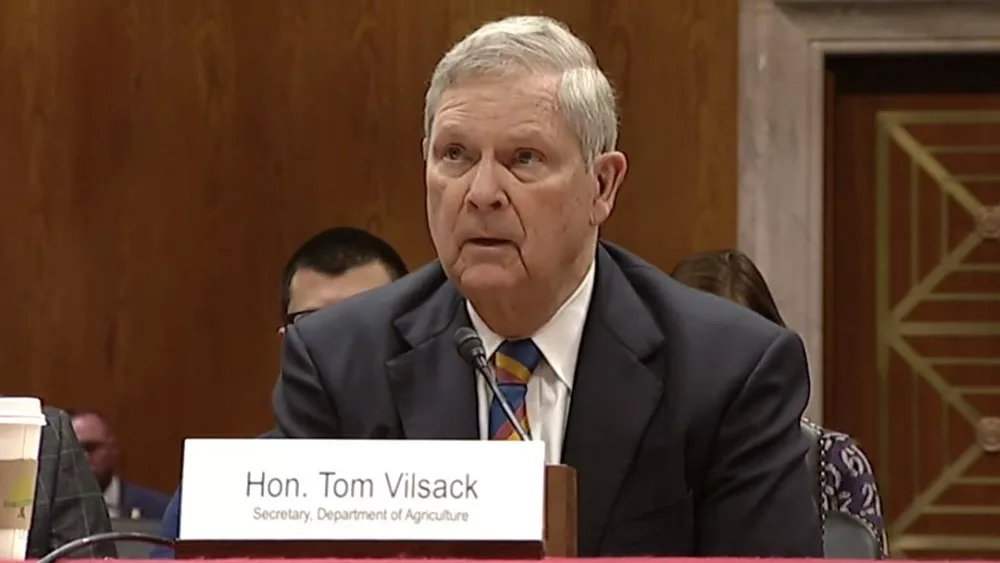Opinion
Of Indiana’s 6.5 million residents, the five largest counties (Marion, Lake, Allen, Hamilton, St. Joseph) account for well over 2 million of that population, more than a third of the entire state. That mirrors many states in the Midwest—Illinois, Ohio, Michigan, Wisconsin, Pennsylvania that have urban population centers surrounded in large part, by corn and soybeans.
As agriculture has become more efficient, the number of people living in those counties has decreased. The U.S. Census Bureau reports less than 20% of the American population lives in rural areas. That has meant, in many states, urban areas control the outcomes of elections. Indianapolis has significant impact on Indiana elections, Cleveland, Columbus, and Cincinnati in Ohio, and Detroit in Michigan. You get the idea.
In 2008 and 2012, President Obama dominated his opponents in urban areas, bringing together a coalition of women, Latinos, and African Americans to overperform how either John Kerry or Al Gore—the Democrats who ran immediately before him— could manage. Mr. Obama’s coalition extended in to rural areas, as well, with his populist message of “change” resonating with many voters. Obama won Indiana and 15 of its 92 counties in 2008.
Nobody is truly surprised that Donald Trump, the ostentatious billionaire real estate developer from New York City, carried the State of Indiana on November 8. While Obama won 15 counties in 2008, Trump topped Hillary Clinton in all but four Hoosier counties. It’s not because of Trump’s deep understanding of agriculture or rural areas. In fact, singing the “Green Acres” theme song during the Emmy Awards in 2005 may be the closest Trump has ever come to a farm.
As I’ve been reading up on why Trump was successful in the Presidential election, reading exit polling data, listening to people smarter than me, and looking at the results, I’ve come to this conclusion: rural voters pushed Trump over the finish line.
Mitt Romney won the rural vote in 2012 and received more total votes than Trump in 2016. Romney won the rural vote by a roughly 2-to- 1 margin. Overall, Trump topped Hillary Clinton by a 3-to-1 margin. Add that to the fact that Clinton underperformed President Obama in 2012 by 6.5 million votes, and it’s not hard to see how Mr. Trump cobbled together the votes to win.
But the greater question might actually be—why?
As previously mentioned, Trump is no force on agriculture policy. He made a statement in favor of ethanol prior to the Iowa caucus, that he read from a prepared text. He’s also made no mention of how he would approach a Farm Bill, which will likely be negotiated during his term. The most striking thing may truly be his fierce opposition to trade. Agricultural trade is essential for farmers from Indiana and the entire US. We simply grow more than we can use, so it has to go somewhere. That’s why so many farm groups work so hard to grow trade markets around the world, and why many were so quick to support the Trans Pacific Partnership.
Trump’s message of economic populism resonated in rural America. Just think about it: commodity prices are low, inputs are high, jobs are leaving, kids aren’t staying home after college, schools are struggling and infrastructure is crumbling. Many of these things, even in the broadest sense, played into Trump’s message of more jobs, lower taxes, and infrastructure investment. Many Democrats, in 20/20 hindsight, have criticized the Clinton campaign for what they categorize as ignoring rural voters during the campaign. But, it was obvious the Clinton campaign focused on places like Pittsburgh, Philadelphia, Milwaukee, and Detroit to carry her to victory. But, those voters didn’t show up for her.
Moving forward, farmers and small town residents may be happy with the populist economic message of the new President-Elect, but they must speak up to elected officials on important agriculture issues. So, as we prepare to move from campaigning to governing, put the numbers of your elected officials in your phone. Call them often, tell them how things are going, and what they can do to help you. Don’t let your elected officials take rural areas—and voters—for granted.
Patrick Pfingsten is an agriculture lobbyist based in Indianapolis. He is Director of Agribusiness and Communications at The Corydon Group, LLC. You can reach him at patrick@thecorydongroup.com.
The opinions expressed in this blog do not reflect the opinions or policies of Hoosier Ag Today LLC




